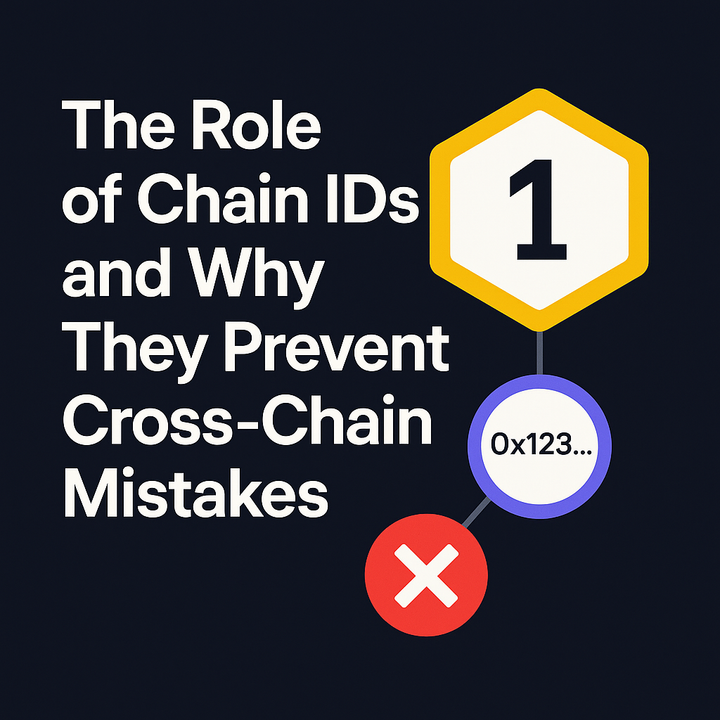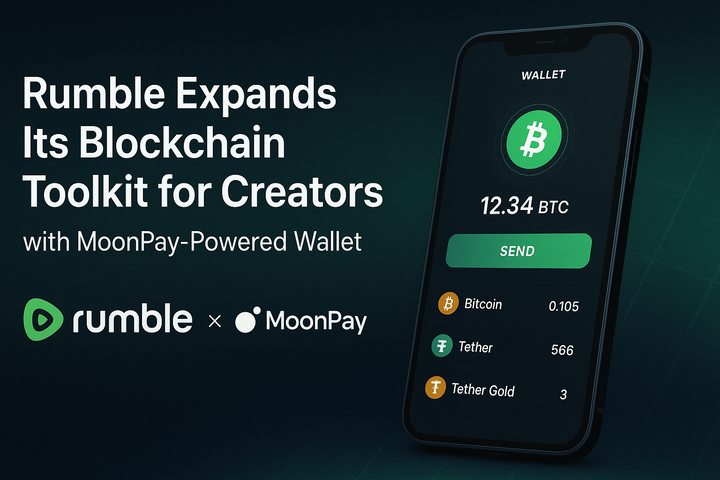Tether Confirms No Plans to Go Public Amid Ongoing Transparency Debate

Staying Private—By Design
Tether, the issuer of the world’s most traded stablecoin, USDT, has ruled out a public listing—for now. CEO Paolo Ardoino made it clear that the company prefers the flexibility and speed of operating as a private entity. That decision, however, comes at a time when calls for greater transparency are louder than ever.
As Tether's influence grows—with over $112B in circulating supply and massive integration across crypto exchanges and DeFi protocols—many are asking: should a company this systemically important be able to opt out of public scrutiny?
IPO = Accountability, But Also Constraints
Going public typically forces companies to disclose financials, submit to regulatory oversight, and align with shareholder governance. For Tether, that would mean:
- Mandatory quarterly earnings reports
- GAAP or IFRS-compliant audits
- Greater visibility into reserve composition
But Tether isn’t interested—at least not yet. Ardoino emphasized the company’s agility and speed would be compromised by public markets. In his words: “We don’t need to raise capital, and we don’t want distractions.”
The Transparency Tension
Tether’s refusal to go public lands at the heart of its long-running audit controversy. While the company publishes “attestation reports” on its reserves, critics argue these fall short of the full audits expected of financial institutions managing billions.
And with USDT now playing a foundational role in emerging markets, offshore trading, and global remittances, some regulators and analysts view Tether’s opaque structure as a critical risk vector for crypto markets.
Why Now? Timing and Competitive Pressure
Tether’s public statement comes as rival Circle—issuer of USDC—is actively exploring its own IPO. Meanwhile, PayPal and Stripe are moving deeper into stablecoin integrations, adding pressure on Tether to legitimize its brand for a more institutional audience.
But by staying private, Tether retains tight operational control, avoids quarterly market pressure, and remains answerable only to itself and its affiliates—something critics see as both a strategic strength and a systemic vulnerability.
Market Doesn’t Seem to Mind—Yet
Despite the debate, the market continues to back Tether. USDT maintains its peg with remarkable consistency and remains the preferred stablecoin in non-Western markets, where dollar liquidity is scarce and capital controls are tight.
Traders choose Tether not because it’s the most transparent—but because it works. It's fast, widely accepted, and integrated into nearly every major crypto platform. As long as the peg holds, many users prioritize utility over audit purity.
What It Means for the Future of Stablecoins
Tether’s decision underscores a fundamental divide in the stablecoin space:
- Regulated issuers (like Circle) pushing for transparency and public-market trust
- Private giants (like Tether) optimizing for liquidity, dominance, and operational speed
As stablecoins become central to payment systems, remittances, and even central bank policy discussions, pressure will mount on Tether to conform or clarify. But for now, it’s choosing to stay the course: private, profitable, and polarizing.
Final Thoughts: The Shadow Giant Holds Its Ground
Tether isn’t disappearing—and it's not opening its books fully either. The decision to avoid an IPO doesn’t just reflect a preference for privacy—it’s a statement of confidence in dominance, or perhaps defiance toward critics.
Whether that posture proves sustainable will depend less on sentiment and more on regulatory evolution. But until then, Tether remains the undisputed king of crypto liquidity—with no shareholders to answer to, and no plans to change that.
Internal Mitosis Links & Glossary References
- Bitcoin
- Blockchain
- Cryptocurrency
- Mitosis Core: https://university.mitosis.org/mitosis-core
- Governance: https://university.mitosis.org/governance
- Glossary: https://university.mitosis.org/glossary/
- Ecosystem Connections: https://university.mitosis.org/ecosystem-connections



Comments ()